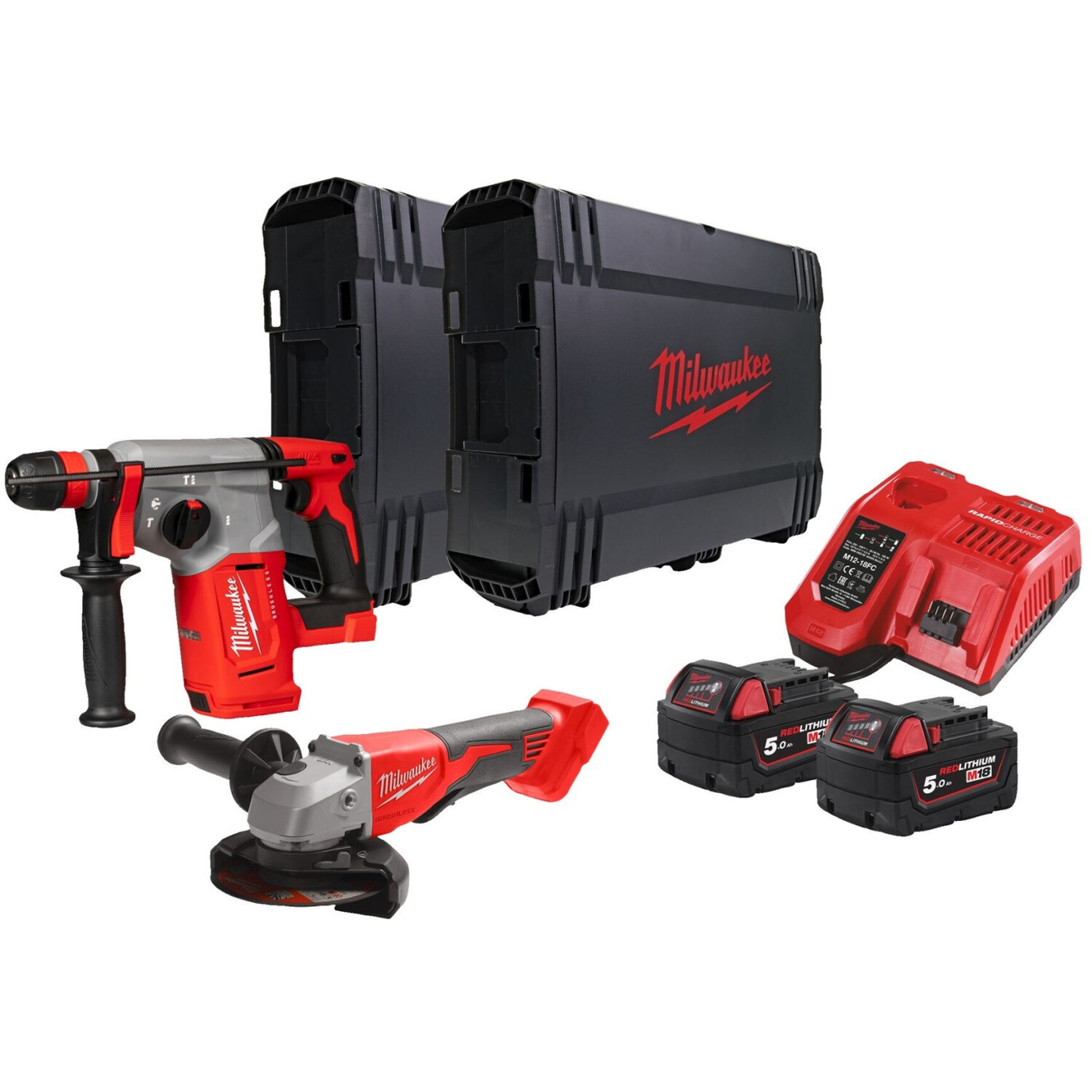Thicknesser Machine Price Comparison: Finding the Right Fit for Your Needs
When it comes to woodworking, attaining the best thickness on boards can be a labor-intensive task. A thicknesser, also known as a planer, is a necessary tool for any woodworking enthusiast, whether you are a hobbyist or a professional. With myriad brands and models available, costs can differ considerably, leaving lots of prospective purchasers questioning where to invest their hard-earned money. This post intends to provide an extensive price comparison of thicknesser devices while also using insights on their features, advantages, and ideas for choosing the right one for your needs.
What is a Thicknesser Machine?
Before diving into price comparisons, it is vital to comprehend what a thicknesser machine is and how it works. A thicknesser machine is developed to decrease the thickness of wood by removing material with sharp blades. This tool helps achieve consistent board thickness, making it possible for woodworkers to produce smooth surfaces for furniture or cabinetry while conserving time and effort.
Secret Features to Consider
When picking a thicknesser machine, consider the following key functions:
- Motor Power: The motor power dictates how effectively the machine can handle woods and whether it can run for extended durations without overheating.
- Cutting Width: The cutting width determines the widest board you can feed into the machine. Larger widths permit managing big tasks.
- Product Removal Capacity: This function describes the quantity of wood that can be removed in a single pass, impacting how rapidly you can accomplish desired thicknesses.
- Dust Collection: Effective dust collection systems improve air quality and maintain a cleaner work space.
- Mobility: For those with limited shop space, a lightweight, portable design can be advantageous.
Thicknesser Machine Price Comparison
The table listed below offers a comparison of popular thicknesser devices available in the market, detailing their essential functions and price points.
| Design | Motor Power | Cutting Width | Product Removal | Dust Collection | Price Range |
|---|---|---|---|---|---|
| DeWalt DW735 | 13 inches | 15 amps | 1/8 inch | Yes | ₤ 500 - ₤ 600 |
| Makita 2012NB | 12 inches | 15 amps | 1/8 inch | Yes | ₤ 350 - ₤ 450 |
| Jet JWP-13BT | 13 inches | 2 HP | 1/8 inch | Yes | ₤ 800 - ₤ 1000 |
| Bosch PL1632 | 16 inches | 6.5 amps | 1/16 inch | No | ₤ 200 - ₤ 300 |
| Powermatic PM-15HH | 15 inches | 3 HP | Adjustable | Yes | ₤ 1,500 - ₤ 2,000 |
| Rikon 25-200 | 12 inches | 1.5 HP | 1/8 inch | Yes | ₤ 600 - ₤ 800 |
| Grizzly G0505 | 12 inches | 2 HP | 1/16 inch | No | ₤ 400 - ₤ 500 |
Extra Considerations
While price is a substantial element, it is important to believe about the long-term costs associated with each machine. Look into the schedule of replacement parts, service warranty choices, and consumer support. Sometimes, investing a little more in advance can save money with time through reliability and lowered upkeep costs.
Top Recommendations
Based on the comparison table above, here are some recommendations for different user requirements:
For Beginners:
- Bosch PL1632: A cheap yet reliable option, the Bosch thicknesser is perfect for those simply beginning with woodworking. Its lower power might restrict durable work, however it's sufficient for general usage.
For Intermediate Users:
- Makita 2012NB: Balancing price and efficient performance, this model features a long lasting design and a strong 15-amp motor. It's ideal for anyone wanting to work on DIY projects at home.
For Professionals:
- Powermatic PM-15HH: This sturdy alternative is ideal for specialists looking for high efficiency and dependability. Its completely adjustable product removal capacity enables fast edits on a big scale.
Frequently Asked Questions
1. What is Mauernutfräse Für Stahlbeton Mit Diamantscheiben Angebot between a thicknesser and a planer?
A thicknesser focuses on lowering the thickness of wood to accomplish harmony, while a planer is usually utilized for flattening surface areas and lowering surface area flaws.
2. Can I use a thicknesser on hardwood?
Yes, thicknessers are capable of handling wood, however guarantee you choose a model with sufficient motor power and cutting capability to manage the density of the material.
3. How often should I sharpen my thicknesser blades?
It is suggested to hone the blades after every 10 hours of operation or as soon as you notice a reduction in the cutting quality.
4. Do I require a dust collection system?
Yes, using a dust collection system is advisable to maintain a tidy office, secure your devices and enhance air quality.
5. How portable are thicknesser makers?
Portability varies by model; some are compact and lightweight while others are much heavier and need a dedicated work area. Consider your specific needs and shop area when choosing a thicknesser.
Choosing the best thicknesser machine depends upon individual woodworking requirements and spending plan. By evaluating the prices and functions of different designs, woodworkers can make informed decisions that best fit their requirements. Whether you are a novice or a seasoned professional, investing in the right machine can enhance your woodworking experience and result in greater quality jobs. With this comprehensive price comparison and analysis, you can embark on your woodworking journey with more self-confidence and understanding.

